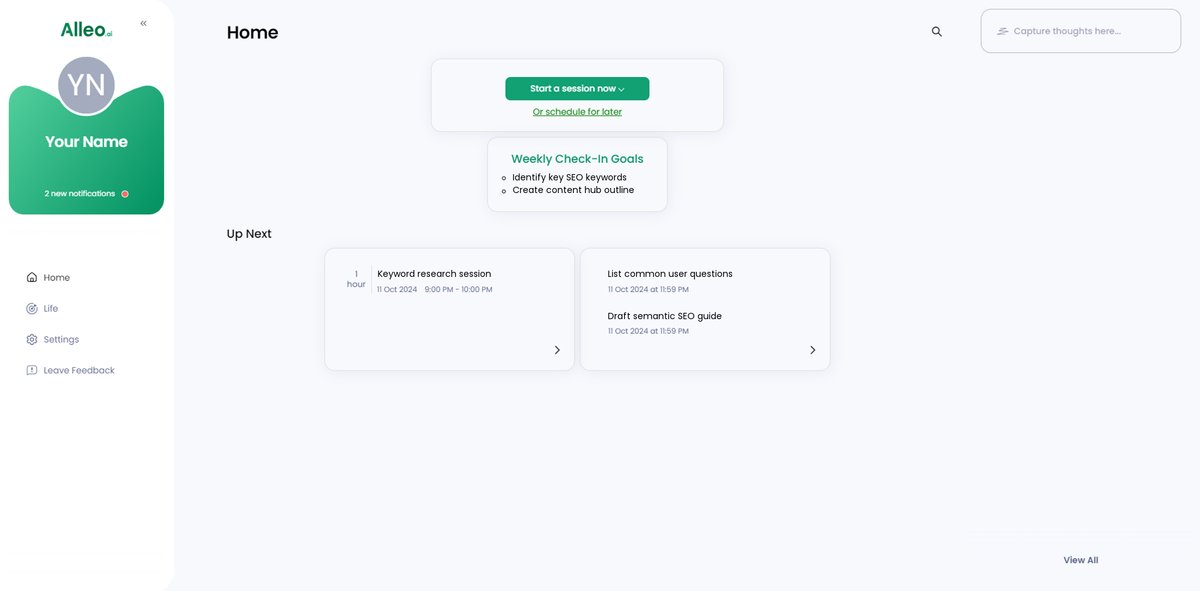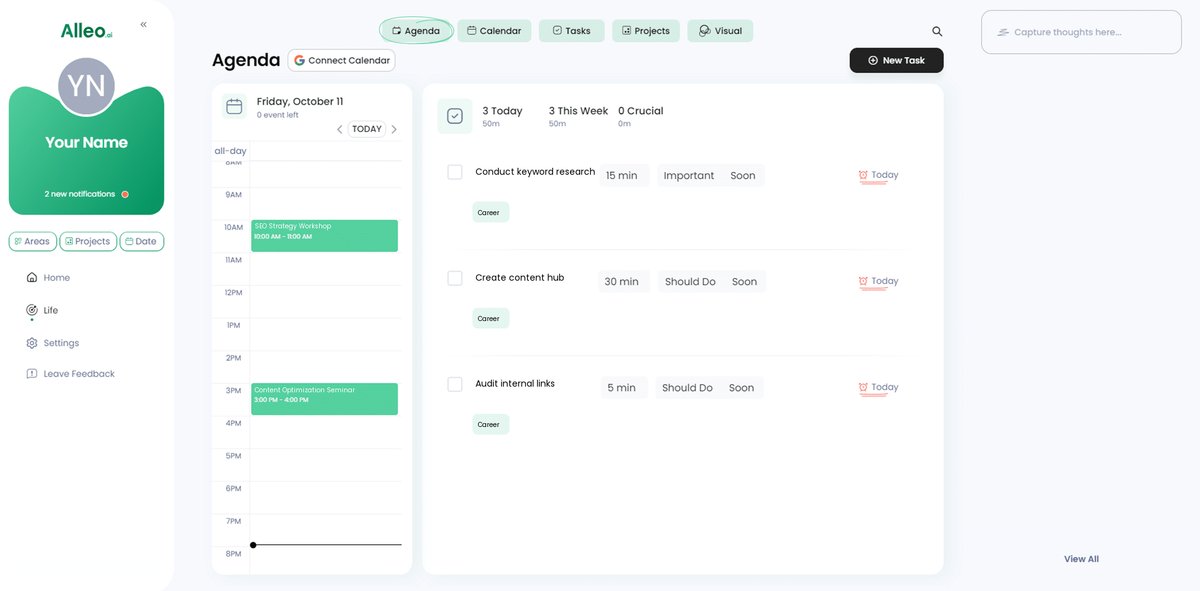4 Essential SEO Strategies for Optimizing Help Desk and Blog Content
Are you struggling to balance SEO efforts between your help desk content and blog posts? Optimizing help desk and blog SEO can be a challenge for many businesses.
As a life coach, I’ve helped many marketers navigate these challenges. In my experience, avoiding keyword cannibalization is crucial for maintaining effective SEO strategies, especially when it comes to content optimization for help desk articles.
In this article, we’ll explore proven strategies to optimize your help desk content and blogs. You’ll learn how to:
- Conduct thorough keyword research for technical support content
- Leverage semantic SEO and schema markup for support knowledge bases
- Implement effective internal linking strategies for support websites
- Create content that addresses user intent optimization in help desk content
Let’s dive into optimizing help desk and blog SEO.

The Challenge of Balancing SEO for Help Desk and Blog Content
Optimizing help desk and blog SEO is a challenging task. Many marketers struggle with keyword cannibalization, where similar keywords compete against each other in content optimization for help desk articles and customer support blogs.
This can hurt your search engine rankings significantly.
It’s hard to keep a cohesive content strategy without overlapping keywords. In my experience, clients often find it tricky to manage distinct keywords for each content type, including long-tail keywords for technical support blogs.
This leads to a diluted SEO effort and less visibility.
Additionally, maintaining the right balance between technical and on-page SEO is crucial. For help desk content, focusing on product-specific keywords and user intent optimization in help desk content is a must.
And for blogs, leveraging more general, industry-related terms and implementing SEO best practices for customer support blogs is essential.
Addressing these issues is vital for your SEO success. Let’s explore actionable strategies to overcome these challenges in optimizing help desk and blog SEO.

Optimizing help desk and blog SEO requires a few key steps. Here are the main areas to focus on to make progress in content optimization for help desk articles.
- Conduct Keyword Research for Help Desk Content: Identify high-value, long-tail keywords for technical support content using tools like Google Keyword Planner and SEMrush.
- Optimize Blog Posts for Semantic SEO: Create comprehensive content that covers topics thoroughly and uses semantic keywords and related terms, following SEO best practices for customer support blogs.
- Implement Internal Linking Between Content Types: Create a content hub and use descriptive anchor text to improve SEO and site navigation, applying internal linking strategies for support websites.
- Create Content Addressing User Intent and FAQs: Identify common user questions and develop content that addresses these queries to meet user intent, optimizing help desk content for featured snippets and customer service FAQs.
Let’s dive in!
1: Conduct keyword research for help desk content
Conducting keyword research for help desk content is key to ensuring your content is discoverable by your target audience when optimizing help desk and blog SEO.
Actionable Steps:
- Use keyword research tools like Google Keyword Planner and SEMrush to identify high-value keywords specific to help desk content and technical support blogs.
- Analyze search intent behind these keywords to ensure they align with user queries and optimize for user intent in help desk content.
- Develop a keyword mapping strategy to assign unique keywords to each piece of help desk content, including long-tail keywords for technical support blogs.
Key benefits of effective keyword research:
- Improved content visibility in search results
- Better alignment with user search intent
- Enhanced relevance of help desk articles
Explanation: These steps matter because they help you avoid keyword overlap and ensure your content matches what users are searching for, which is crucial when optimizing help desk and blog SEO.
This strategy aligns with best practices for SEO optimization and enhances your content’s relevance and visibility in search results, including for customer support blogs.
This approach ensures your help desk content is optimized effectively, setting the stage for better SEO performance and content optimization for help desk articles.
Next, let’s delve into optimizing blog posts for semantic SEO.

2: Optimize blog posts for semantic SEO
Optimizing blog posts for semantic SEO is crucial for enhancing content relevance and search engine ranking, especially when optimizing help desk and blog SEO.
Actionable Steps:
- Create comprehensive content that thoroughly covers your topics. Focus on depth and detail instead of keyword stuffing, incorporating long-tail keywords for technical support blogs.
- Incorporate semantic keywords and related terms to enhance your content’s contextual relevance. Use synonyms and related phrases, considering user intent optimization in help desk content.
- Structure your blog posts with clear headers, bullet points, and concise paragraphs. This improves readability and SEO, supporting content optimization for help desk articles.
Explanation: These steps are essential because they align with Google’s emphasis on E-E-A-T (Experience, Expertise, Authoritativeness, Trustworthiness) and improve your content’s relevance.
Semantic SEO helps search engines understand the context of your content, leading to better rankings. This is particularly important for SEO best practices for customer support blogs.
For further insights, check out this guide on semantic SEO.
By implementing these strategies, you can ensure your blog posts are optimized effectively, including keyword research for technical support content.
This structured approach will enhance your blog’s SEO and user engagement, supporting internal linking strategies for support websites.
Let’s move on to the next part of our strategy for optimizing help desk and blog SEO.
3: Implement internal linking between content types
Connecting your help desk content and blog posts through internal linking is vital for optimizing help desk and blog SEO.
Actionable Steps:
- Create a content hub that interlinks help desk articles and related blog posts. This strategy distributes link juice and enhances site navigation, supporting content optimization for help desk articles.
- Use descriptive anchor text for internal links. This helps search engines understand the linked content’s context and improves SEO best practices for customer support blogs.
- Regularly audit internal links to ensure they are up-to-date and relevant. Checking for broken links and updating outdated ones maintains link integrity, crucial for internal linking strategies for support websites.
Benefits of a strong internal linking strategy:
- Improved site structure and navigation
- Enhanced SEO performance
- Better distribution of page authority
Explanation: These steps matter because they improve your site’s structure and SEO, supporting user intent optimization in help desk content.
By creating a content hub and using descriptive anchor text, you make it easier for both users and search engines to navigate your content, which is essential when optimizing help desk and blog SEO.
Regular audits ensure all links remain functional and relevant. For more best practices, visit this guide on SEO optimization.
Implementing these steps will strengthen the internal linking strategy on your site, making it more robust and user-friendly, enhancing SEO best practices for customer support blogs.
Next, let’s explore creating content that addresses user intent and FAQs.
4: Create content addressing user intent and FAQs
Creating content that addresses user intent and common questions is crucial for optimizing help desk and blog SEO, enhancing your strategy and user engagement.
Actionable Steps:
- Identify common user questions using tools like AnswerThePublic and Google’s People Also Ask. Develop targeted content that addresses these queries, focusing on user intent optimization in help desk content.
- Create FAQ pages that focus on specific questions related to your products or services. This can capture long-tail keywords for technical support blogs effectively.
- Incorporate multimedia elements such as videos and infographics to enrich your content and improve user engagement, supporting content optimization for help desk articles.
Key elements of user-focused content:
- Clear and concise answers to common questions, ideal for featured snippets for customer service FAQs
- Relevant and up-to-date information, following SEO best practices for customer support blogs
- Easy-to-navigate format for quick reference, enhancing mobile optimization for help desk websites
Explanation: These steps matter because they align with current industry trends that emphasize user intent and comprehensive content, crucial for optimizing help desk and blog SEO.
Addressing specific user queries enhances your content’s relevance and helps attract organic traffic, leveraging keyword research for technical support content.
For more insights, check out this guide on improving organic search rankings.
This approach will ensure your content is both valuable and discoverable, supporting internal linking strategies for support websites.
By implementing these strategies, you can effectively meet user needs and boost your SEO performance, including optimizing help desk and blog SEO through meta descriptions for help desk pages and schema markup for support knowledge bases.
Partner with Alleo to Optimize Your SEO Strategy
We’ve explored the challenges of optimizing help desk and blog SEO. But did you know you can work directly with Alleo to make this journey easier and faster?
Alleo, your AI life coach, provides affordable, tailored coaching support for content optimization for help desk articles. Set up an account, and create a personalized SEO plan focused on user intent optimization in help desk content.
Alleo’s coach will help you overcome keyword cannibalization issues and optimize your content strategy, including internal linking strategies for support websites.
The coach follows up on your progress, handles changes, and keeps you accountable via text and push notifications. Plus, there’s a free 14-day trial to explore SEO best practices for customer support blogs, no credit card needed.
Ready to get started for free and improve your keyword research for technical support content? Let me show you how!
Step 1: Log In or Create Your Account
To begin optimizing your SEO strategy with Alleo, log in to your existing account or create a new one to access personalized coaching support for balancing your help desk and blog content SEO efforts.

Step 2: Choose “Building better habits and routines”
Click on “Building better habits and routines” to start optimizing your SEO workflow – this goal will help you establish consistent practices for keyword research, content creation, and internal linking, essential for balancing your help desk and blog SEO efforts.

Step 3: Select “Career” as Your Focus Area
Choose “Career” as your focus area to optimize your SEO strategy and boost your professional growth, aligning with the article’s emphasis on balancing content creation and improving search rankings for your business.

Step 4: Starting a coaching session
Begin your SEO optimization journey with an initial intake session, where Alleo will help you create a personalized plan to balance your help desk and blog content strategies.

Step 5: Viewing and managing goals after the session
After your coaching session on SEO optimization, check the app’s home page to view and manage the goals you discussed, allowing you to track your progress and stay accountable in balancing your help desk and blog content strategies.

Step 6: Adding events to your calendar or app
Use the calendar and task features in the Alleo app to schedule and track your SEO optimization activities, allowing you to monitor your progress as you implement the strategies discussed in this article.

Wrapping Up Your SEO Journey
We’ve covered a lot of ground today. Balancing SEO efforts between help desk content and blogs can be challenging, but optimizing help desk and blog SEO is definitely achievable.
Remember, thorough keyword research for technical support content is your foundation. Use long-tail keywords for technical support blogs to avoid overlap and focus on user intent optimization in help desk content.
Optimizing for semantic SEO enhances content relevance. Structure your blog posts clearly to improve readability and engagement, following SEO best practices for customer support blogs.
Internal linking strategies for support websites connect content seamlessly, enhancing navigation and SEO. Address common user questions with targeted, engaging content, potentially earning featured snippets for customer service FAQs.
Empathizing with you, I understand these tasks can be daunting when optimizing help desk and blog SEO. But you’re not alone.
Alleo is here to help. Try it for free and start optimizing your SEO strategy for help desk and blog content today!